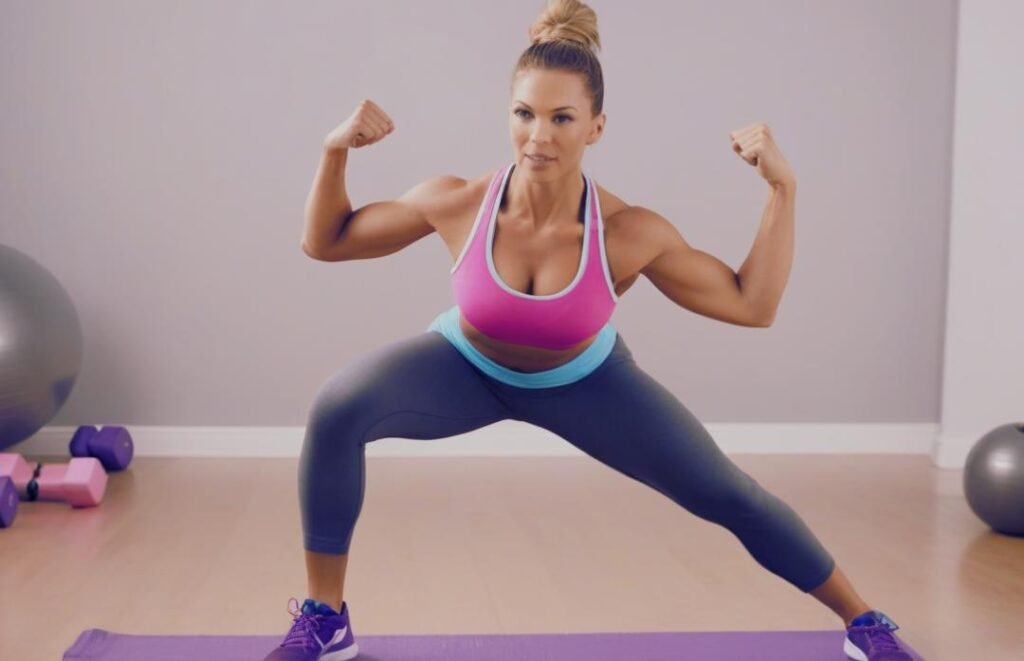You might not be able to do sit-ups because of movement issues, back discomfort, or just boredom. The good news is that you may use them to strengthen your core. An alternative to sit-ups and weight training for the abdominals is this workout.
Instructors have begun to discourage sit-ups in favor of more effective, low-impact abdominal exercises in recent years. Just because you won’t feel the urge to perform sit-ups doesn’t imply they aren’t useful for building core strength.
One of my favorite workouts to do anytime I see a pull-up bar is hanging oblique rises, which I explain how to do below. Learn the ins and outs of these exercises and see why they may be a good substitute for sit-ups.
When it came to developing a strong core and defined abdominal muscles, sit-ups were formerly considered the ultimate exercise. In recent years, even institutes like Harvard Health Publishing have advocated avoiding them, suggesting that might not be the case.
It’s important to note that I occasionally program them, and many people find them safe. However, rising numbers of fitness pros have dismissed sit-ups since they’re not the most efficient ab-strengthening exercise and might cause harm if you have low back problems, tight or weak hips, or trouble to engage your core effectively. If you can conduct core workouts standing, why shouldn’t you?
One of the biggest concerns I notice is the hip flexors taking over the workout, which increases pressure and strain to them while taking away work potential from the core muscles, notably the primary mover — the rectus abdominis or “six-pack” muscles. In this scenario, I propose butterfly sit-ups, which require bringing the soles of the feet together and opening the knees to assist isolate the abdominal muscles.
Learning adequate core engagement will help you feel the sit-up where you should, but if your back still bears the brunt of repetitive lumbar spinal flexion, or your neck feels uncomfortable, there’s a whole library of superior core workouts at your disposal.
Hanging oblique rises, or tucks, entail hanging from a bar and bringing your toes or knees into your armpits; this helps activate the obliques that run down your waist and hips and increases upper body and grip strength. You only need a pull-up bar or something substantial to hang from, which has a smaller effect on your back than lifting your torso up from the floor.
Unlike hanging leg raises, the moderate twist helps work even more core muscle, but if you know your hips like to take the limelight, maintain your knees tucked throughout and focus on bringing your knees into your armpits. To develop the workout, hold a weight between your thighs or feet.
Grip the bar shoulder-width apart using an overhand grip,
Hang from the bar and support your stomach
Press your legs together, then either maintain them stretched or bend your knees
Draw your toes or knees toward your right armpit or right shoulder and stop
Lower back down, then repeat on your left side
Avoid swaying your torso and focus on calm, controlled movement.
While performing any core workout, the goal is to actually feel it. Avoid swinging your body weight or speeding your reps and regulate each action phase, compressing the muscles as you progress. It’s like juicing a lemon — you want to get as much out of it as possible.
Not only does this strengthen the mind-muscle link, but it also trains your body to engage muscles effectively during exercise, creating stability and strength. Throwing your weight about lessens the intensity of a workout, so take the time to feel how an activity feels to you.
Think of your core as a powerful center, starting from your ribs, spreading down your body to your glutes and hips and wrapping around your back like a corset. When these muscles are strong, they can support the spine, endure impact and give protection from injuries.
Although isolation exercises help you drill down on a single muscle group, the greatest workouts are functional and involve compound exercises, targeting more muscles, moving in more directions and training the body to engage more muscles utilizing natural movement patterns. Remember to push every movement through your powerhouse during every phase of an exercise to achieve superior balance, coordination and stability.



